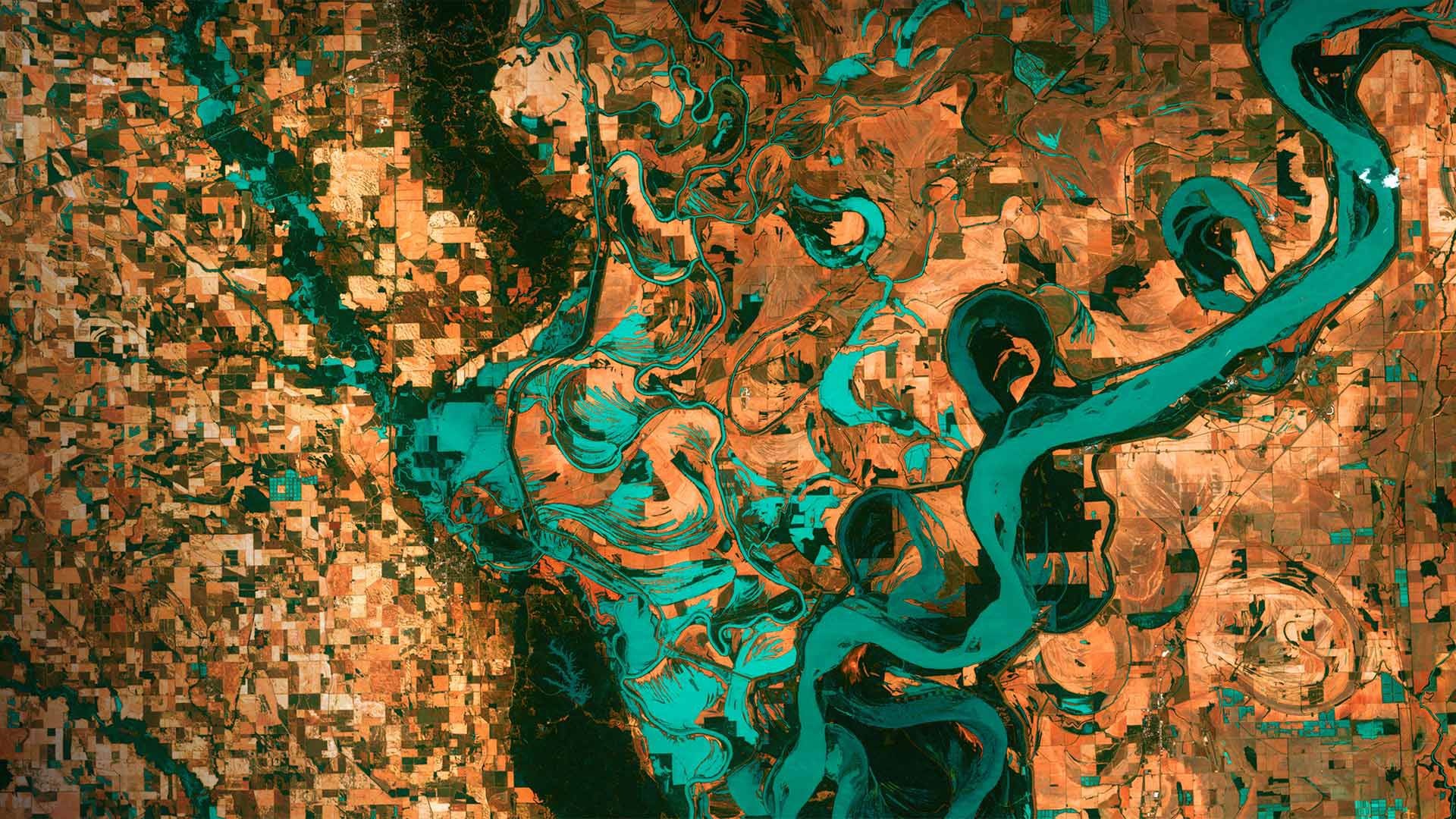In recent years, advancements in technology have completely transformed the way we approach disaster preparedness. One of the key drivers of this transformation has been the use of meteorological data, or meteo data, to better understand and anticipate natural disasters.
Meteo data refers to information gathered from a variety of sources, including satellites, weather stations, and other instrumentation, that provides a detailed picture of the Earth’s atmospheric and weather conditions. This data is critical for understanding and predicting weather patterns, which in turn can help us prepare for and respond to natural disasters.
One of the most profound ways in which meteo data is revolutionizing disaster preparedness is through improved forecasting and early warning systems. By analyzing vast amounts of meteorological data, scientists and meteorologists are now able to better predict the onset and severity of natural disasters such as hurricanes, tornadoes, and floods. This advanced warning allows communities to evacuate or take necessary precautions well in advance, potentially saving countless lives.
Furthermore, meteo data is also being used to improve disaster response efforts. With more accurate and detailed weather forecasts, emergency responders and relief organizations can better anticipate the impact of a natural disaster and allocate resources accordingly. This includes everything from pre-positioning supplies and personnel to coordinating evacuation routes and distribution of aid.
In addition to improving forecasting and response efforts, meteo data is also being used to better understand the long-term impacts of climate change on natural disasters. By analyzing historical weather data and monitoring current trends, researchers are able to gain greater insights into how climate change is affecting the frequency and intensity of natural disasters. This information is crucial for developing more effective mitigation and adaptation strategies in the face of a changing climate.
Overall, the use of meteo data in disaster preparedness represents a major leap forward in our ability to protect lives and property in the face of natural disasters. By harnessing the power of advanced meteorological data, we are able to better anticipate, respond to, and mitigate the impacts of natural disasters, ultimately helping to build more resilient and disaster-ready communities. As technology continues to advance, it is likely that meteo data will play an increasingly important role in shaping the future of disaster preparedness.






